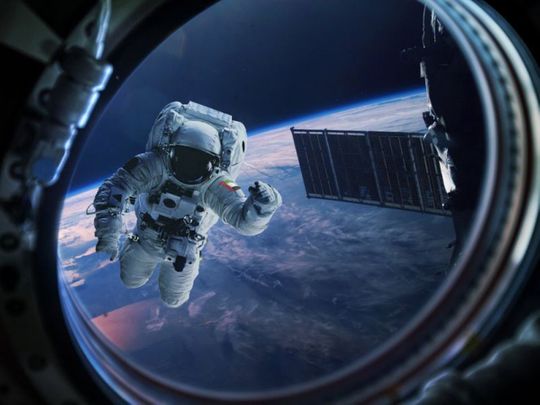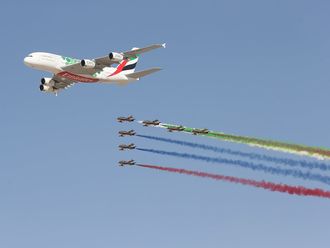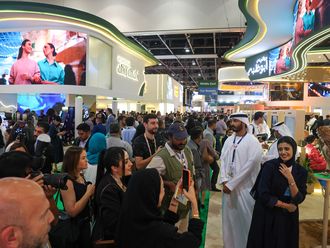
News that the UAE’s Hope spacecraft has marked its first year in orbit around Mars signifies just how far space exploration has come over the past sixty-plus years. From the 1950s-70s, the world stood in awe as Russia and the US slugged it out for superiority in the space race. But the Space Race was never just a story about two superpowers.
The Apollo moon landings, often billed as a US technical accomplishment, drew heavily on world-class scientists from around the world, notably a certain German rocket scientist named Wernher von Braun. Many British engineers who were world-leading experts in numerous fields, were responsible for inspecting much of the scientific equipment before and during their installation in the Apollo lunar module, while others were responsible for the management of the Lunar Landing Test Vehicle programme.
Over the course of the past 60 years, space science and exploration has seen the rise of the European Space Programme, and increasingly significant space exploration and space science endeavours from countries such as the UAE, China, India and Israel. If the space race were to be thought of a spectator sport, the number of ‘teams’ has grown considerably since the era of Sputnik, Gemini, Apollo and the Space Shuttle.
Game all
It is only in comparatively recent times that space might be thought of in commercial terms, and, to stay with the sporting metaphor, a ‘participation sport’. The rise of companies such as Space X, Blue Origin, Virgin Galactic and Sierra Space are the sense of purpose in terms of space exploration and scientific research. Then, just in very recent months, we have begun to hear the term, ecosystems used in connection with space exploration and the development of a low Earth orbit ‘Orbital Reef’, a sort of orbital address which can be used for a range of clients, from industrialists to space tourism companies.
Orbital Reef is the brainchild of Blue Origin and Sierra Space, but with technology support from Boeing, Redwire Space, Genesis Engineering Solutions and Arizona State University. The benefits of the Orbital Reef ecosystems might be to offer an ‘orbital address’ to a wide range of clients such as tech developers, manufacturers, media, sports and advertisers – even space tourists.
Moon as a canvas
This means that space becomes a participation sport for a much wider community of entrepreneurs, technologists and business scientists. Even artists are beginning to feel the benefit. Later in the year, NASA will be sending UAE-based artists’ work to the moon.
The artwork - titled, ‘We Rise Together with the Light of the Moon’ - was revealed to the world in February at the US Pavilion in Expo 2020 Dubai. NASA is partnering private companies Spacebit, UAE-based space art curator Selenian and Astrobotic to make the mission possible.
Contemporary artist Sacha Jafri’s artwork will find a permanent home on the moon following stringent vibration, vacuum and quality tests. Made of aerospace aluminium gold to weather the Moon’s extreme temperatures ‘We Rise Together with the Light of the Moon’ celebrates 50 years since the last moon landings in 1972.
Whether your business is scientific research, exploration system development, invention or manufacture of new and unique products, media and advertising, exotic hospitality, or brilliantly inspirational artwork – whatever the business or creative endeavour, one will find a berth in space.
For the would-be space entrepreneur in the UAE, there is fertile ground, opening up the potential for endless opportunities such as B2B or B2C products and services that can be assessed to potentially build a viable space business.













